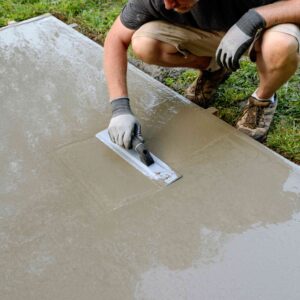Before you undergo a circumcision procedure, it’s important to understand the risks as well as
the benefits. Some circumcisions are performed outpatient. Premature infants may have smaller
penises. Some cases, such micropenis, may make the procedure unsuitable. To prepare for a
circumcision procedure, the infant should have at least 12 hours of age and have urinated at
least once. To ease the anxiety, the doctor may give the infant a bottle or feed. If you are having
an adult circumcision procedure, you will be given instructions by your doctor.
Although circumcision can take place at any age you wish, the most common time to perform
this procedure is within the first month following birth. The local anesthetic is used for painless,
safe circumcision. However, if your baby is older, a general anesthetic is needed to lessen the
pain and reduce the risks of injury to the penis. Also, as children grow older, they will be more
aware of the sexual organs and may have a fear of undergoing circumcision.
The recovery time from post-circumcision is usually quick and lasts between two to three weeks.
It is not a cure all for impotence. However, you may be able resume normal activities and work
within six weeks. Most men can resume normal activity within a week or less, but they may need
a week off work to rest. A doctor can also perform the surgery on your child if it has been done
previously. Although the procedure itself is not painful, it can cause some discomfort for several
days. Mild pain relief and antibiotics are available.

A holistic circumcision, also known as “bris”, takes only 15-30 seconds. It will remove the
foreskin in one cut using a scalpel. The baby will be accompanied by his parents throughout the
procedure. He may also nurse shortly afterward. A holistic circumcision usually takes place on
the eighth day after birth, when the blood clotting factor levels are at their highest. The mother
can resume breastfeeding after a full recovery.
Despite the potential for HIV and STDs, circumcision can have many benefits. It can reduce the
risk of urinary tract infections (UTI), which cause pain when passing urine, kidney stone stones,
and sexual dysfunction. About one out of every twenty males is circumcised, and it is associated
with a reduced risk of UTI. It reduces the chance of phimosis (a condition in which the penis is
not pulled back by the foreskin). It can lead to infection, scarring and tightness of the penis.
Parents should talk to their doctor before they undergo circumcision. They can discuss how to
ease the pain and discomfort. A sugar solution can be given by the pediatrician to pacify the
baby. Parents can keep the baby warm and comfortable during the procedure by swaddling him,
giving him a sugar solution, or bringing a pacifier. The pediatrician can also play soothing songs
to reduce stress and discomfort.
Performing a circumcision procedure is safe and effective in most cases. There is a small
chance that you might develop cancer of your penis in rare cases. A red patch, wart-like
growths, or an ulcer are all signs of this condition. If the condition is mild, the healthcare provider
may suggest other treatments to treat the problem. For example, topical steroids can help soften
the skin to make the foreskin retract easier. A local anaesthetic cream may be prescribed to
reduce the pain during circumcision.
You should learn about the risks involved in circumcision if you have decided to have it done for
religious reasons or any other reason. Your doctor will remove any foreskin covering your penis
during this procedure. Dissolvable sutures may be used to treat the foreskin. These will usually
dissolve in a few weeks. These stitches usually disappear on their own. The stitches will
eventually dissolve when they are removed.
The first circumcision may have been performed as early at 15,000 years ago. It has been
adopted by many cultures throughout the Middle East and North Africa. It may have been started
to prevent the spread an infection called balanitis. Modern people are more likely to perform the
procedure, although it was not common then. The practice was popularized in late 19th century.
Some people did it for religious reasons. Others did it to circumcise babies to reduce the risk of
infection or masturbation.




